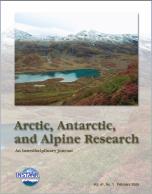Introduction (1)
Research Articles (14)
Commentary (2)
Calender (1)

No abstract available
No abstract available
No abstract available
No abstract available
